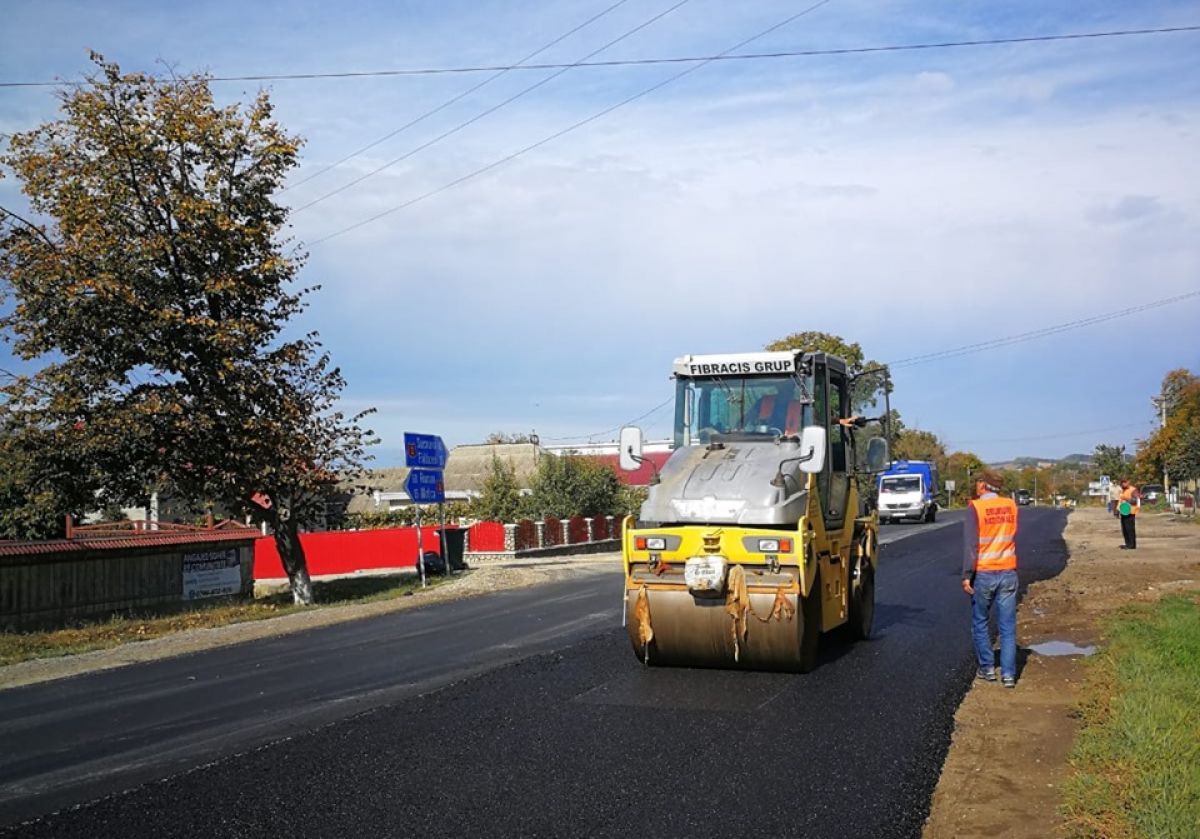

Seas by late July (10-18% growth reduction in odd vs. Through summer and fall even though most pink salmon had left the high Odd-numbered years began after peak growth in spring and continued Total secondĪnd third year scale growth of salmon was significantly lower during First year scale growth was not significantlyĭifferent between odd- and even-numbered years, but peak growth ofĪge-2, smolts was significantly higher than age-1, smolts. Increments within each growth zone of each major salmon age groupīetween 19. Kvichak and Egegik river sockeye salmon (Bristol Bay stocks) duringĮven- and odd-numbered years at sea by measuring scale circuli Here we evaluated seasonal growth trends of

Odd-numbered years of their second or third years at sea (1975, 1977,Įtc.), a trend that was opposite that of Asian pink salmon (O.

Retrieved from (Oncorhynchus.-a0133050285Ībstract-Recent research demonstrated significantly lower growthĪnd survival of Bristol Bay sockeye salmon (Oncorhynchus nerka) during gorbuscha) and the 1977 ocean regime shift. APA style: Seasonal marine growth of Bristol Bay sockeye salmon (Oncorhynchus nerka) in relation to competition with Asian pink salmon (O.gorbuscha) and the 1977 ocean regime shift." Retrieved from (Oncorhynchus.-a0133050285 Seasonal marine growth of Bristol Bay sockeye salmon (Oncorhynchus nerka) in relation to competition with Asian pink salmon (O. 2005 National Marine Fisheries Service 08 May.
#Circuli increments free
gorbuscha) and the 1977 ocean regime shift." The Free Library. MLA style: "Seasonal marine growth of Bristol Bay sockeye salmon (Oncorhynchus nerka) in relation to competition with Asian pink salmon (O.


 0 kommentar(er)
0 kommentar(er)
